Not much about 2020 is what you'd call normal, but if one thing remains the same, it's that Apple will still release new iPhone models. This year, the company is offering four new options: two "Pro" models and two "consumer" devices. If you want to know more about the latter two, the iPhone 12 and iPhone 12 mini, keep reading.
For the longest time, "iPhone 12" was just a guess, but the guess that made the most sense. The larger consumer iPhone uses that name, a perfect next-step from the iPhone 11. However, the smaller iPhone 12 model is called the iPhone 12 mini, making it the first iPhone to carry the "mini" name.
Jump to a section: Names | Dates | Storage | Prices | Body | MagSafe | Basics | Display | Performance | Battery | Rear Camera | Front Camera | Audio | Sensors | Connectivity | Security | Software | In the Box
Dates
Apple announced all of its new iPhones on Tuesday, Oct. 13, 2020, during a virtual event. During the announcement, Apple revealed the iPhone 12 mini would be available to preorder Friday, Nov. 6, 2020, at 5 a.m. PST, and will go on sale Nov. 13. If you can't wait that long, Apple is putting the iPhone 12 up for preorder on Friday, Oct. 16, 2020, at 5 a.m PDT, with an Oct. 23 release date.
- Announcement date: Oct. 13, 2020
- iPhone 12 preorder date: Oct. 16, 2020
- iPhone 12 mini preorder date: Nov. 6, 2020
- iPhone 12 release date: Oct. 23, 2020
- iPhone 12 mini release date: Nov. 13, 2020
Storage
If you're were hoping for a big storage revolution with the cheaper iPhones this year, think again. The iPhone 12 and 12 mini will come with the same storage specs as recent iPhone models. The base models start at 64 GB, but you can also pick from 128 GB or 256 GB configuration. Unfortunately, Apple saved the larger storage sizes for the Pro models.
- Storage available: 64 GB, 128 GB, 256 GB
- Expandable storage: no
Prices
Apple's prices have changed a little from the iPhone 11, but not much. If you get an iPhone 12 mini that includes "carrier special offers," it's the same $699 starting price as the iPhone 11, but the unlocked price starts at $729. The iPhone 12 starts at $829, or $799 with "carrier special offers."
- iPhone 12 price: $829 (64 GB); $879 (128 GB); $979 (256 GB)
- iPhone 12 mini price: $729 (64 GB); $779 (128 GB); $879 (256 GB)
Body
Tired of the recycled iPhone X design we've seen for the past three years? The iPhone 12 models might be what you're looking for since they use an iPhone 4-like design. Instead of using the rounded edges Apple has relied on since the iPhone 6, the phones are all squared-off with smooth, flat edges, so they might be able to stand up on a table all by themselves.
That raised edge holds the 5G-enabled antenna band, which we'll talk about more below. And the phones come in five fun colors — red, white, black, green, and blue, the latter being new this year.
- Frame: aluminum
- Back: glass
- Finish: black, white, green, blue, and (PRODUCT)RED
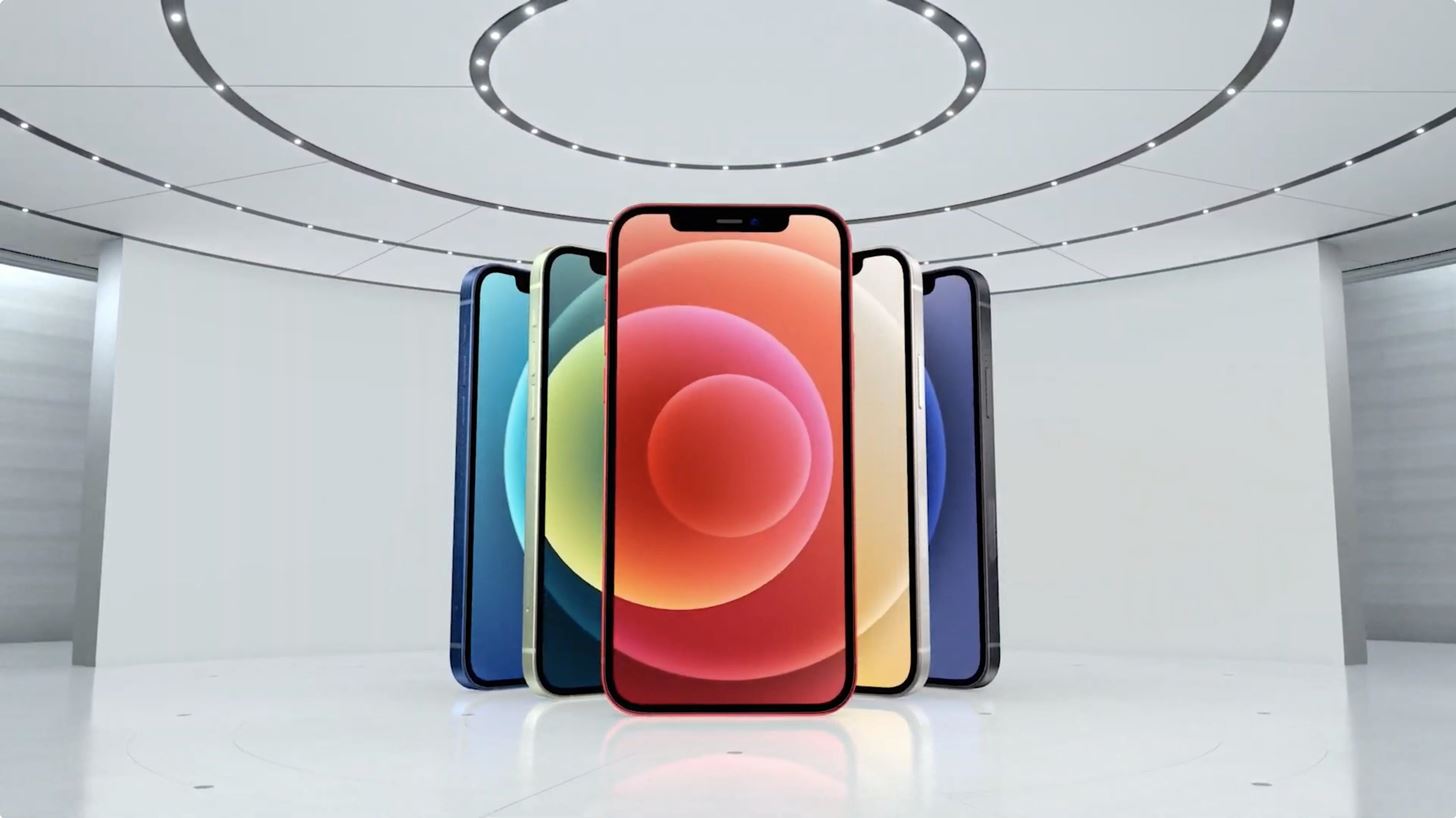
MagSafe
The iPhone 12 and 12 mini also come with MagSafe capabilities, but not in the way that MacBook users might think. MagSafe lets you connect magnetic accessories, chargers or not, to the back of your iPhone. That means any MagSafe accessory can snap on and off your iPhone with ease. So if you've always used a metal plate in between your iPhone and a case so that you could attach your iPhone to a magnetic car mount, you can do it without the plate or case now!
- Wireless charging up to 15 W
- Magnet array
- Alignment magnet
- Accessory Identification NFC
- Magnetometer
Basics
This year's design refresh means that the dimensions for these new iPhones are much different than last year's. You'll notice that while the iPhone 12 and 12 mini are different sizes, they're the same thickness. That mirrored depth means that you'll get the same thin-iPhone experience whichever model you choose.
As for water resistance, like the iPhone 11, these two models are IP68, but instead of being rated for 30 minutes of water exposure at up to four meters, it's six meters, an impressive improvement.
- iPhone 12 height: 5.78 in. (146.7 mm)
- iPhone 12 mini height: 5.18 in. (131.5 mm)
- iPhone 12 width:2.82 in. (71.5 mm)
- iPhone 12 width: 2.53 in. (64.2 mm)
- iPhone 12 and 12 mini depth: 0.29 in. (7.4 mm)
- iPhone 12 weight: 5.78 oz. (164 g)
- iPhone 12 mini weight: 4.76 oz. (135 g)
- Dust/water resistance: IP68 (max depth of 6 meters for up to 30 minutes) under IEC standard 60529
- Mobile network operators: AT&T, Sprint, T-Mobile, Verizon
The environmental operating requirements are standard. In fact, Apple has listed the same ones since its iPhone 7 models:
- Operating temp: 32° to 95° F
- Nonoperating temp: -4° to 113° F
- Relative humidity: 5–95% noncondensing
- Operating altitude: up to 10,000 feet (though could be more)
Display
This year marks a major milestone in iPhone history. It's the first year that all iPhones announced at the same time feature OLED displays, including both the consumer and Pro models. It's a huge upgrade from the LCD used in the iPhone 11, so you'll get the high contrast benefits of an OLED display (Night mode, anyone?) in addition to the higher resolution.
The iPhone 12 and 12 mini — in addition to the 12 Pro and 12 Pro Max — all feature Super Retina XDR displays. The display is housed under a "Ceramic Shield" front cover, which Apple claims adds a significant amount of durability. In fact, the company says accidental drops are four times less likely to result in broken glass.
Now, about the notches. Rumors suggested Apple might shrink the notches this year on its new iPhones. While we don't yet have specific measurements, they look just about the same. The notches may be somewhat smaller, but those camera cut-outs are still present for all intents and purposes.
While the display upgrades are notable for the two cheaper iPhones, some of the rumors clearly ran a bit wild this year. We didn't see in-display Touch ID, nor Touch ID in the Side button as with the new iPad Air. We also didn't get 120 Hz refresh rates, which will disappoint quite a few tech enthusiasts.
- Screen size: 6.1 inches (12) or 5.4 inches (12 mini)
- Screen resolution: 2532 x 1170 px (12) or 2340 x 1080 px (12 mini)
- Pixel density: 460 ppi (12) or 476 ppi (12 mini)
- Screen type: OLED, Super Retina XDR
- HDR: Dolby Vision and HDR10
- Notch: yes
- Screen-to-body ratio: currently unknown
- Aspect ratio: 19.5:9
- Minimum brightness: Unknown
- Maximum brightness: 625 nits (typical); 1,200 nits (HDR)
- Contrast Ratio: 2,000,000:1
- Refresh rate: 60 Hz
- Color temperature: Unknown
- 3D Touch: no
Performance
Every year, Apple equips its newest iPhones with its latest chipsets. This year isn't any different, with Apple's five-nanometer A14 Bionic chip. The new chipset improves upon last year's A13 Bionic chip found in the 2019 iPhones, and it's the smallest smartphone chip to use the five-nanometer process technology.

As for RAM or frequency, Apple hasn't said. According to Jon Prosser, both the iPhone 12 and 12 mini come with 4 GB of RAM. If you're coming from Android, that might not sound like much, but iOS is so memory-efficient than 4 GB is more than enough to chew through virtually anything you would throw at your iPhone 12 or 12 mini. That said, if you're looking for more RAM, check out the 12 Pro and 12 Pro Max, which may come with 6 GB.
- Memory: 4 GB RAM
- Processor: Apple A14 Bionic
- Chip size: 5 nm
- Coprocessor: unknown
- CPU frequency: unknown
- CPU cores: 6-core
- GPU: Apple-designed (unknown model)
- GPU cores: 4-core
Battery
We don't have the measurements for Apple's new batteries yet, and we likely won't until tech channels physically teardown the new iPhones. Apple doesn't like to share that information for some reason, so they leave it up to other people.
The company does offer some battery stats, however. The iPhone 12 mini can playback up to 15 hours of video, 10 hours of streaming video, and 50 hours of audio. The iPhone 12 can playback up to 17 hours of video, 11 hours of streaming video, and 65 hours of audio. Apple must've packed a larger battery into the 12 if these numbers are true.
One big battery change comes with the power adapters, as Apple as removed them from all iPhones this year. That might seem a bit backward, and might rub some people the wrong way, but Apple claims it's doing so for environmental concern, reducing its overall carbon footprint.
Really, it's not a bad thing at all. If you have multiple Apple products, you like already have a power adapter or two lying around the house. Removing the power adapter from all new iPhones saves a lot of e-waste (it also saves a lot of money, but they don't want to talk about that).
- Battery: rechargeable lithium-ion
- Capacity: possibly 2,775 mAh (12) and 2,227 mAh (12 mini)
- Wireless charging: yes, Qi standard (7.5 W)
- MagSafe wireless charging: yes, up to 15 W
- Charging port: Lightning
- Wired charging: yes, USB PD (18 W)
- Fast charging: yes, with 20 W adapter or higher
Rear Camera
Like last year, the camera specs appear to be what will separate the cheaper iPhones from the Pro options. You'll find two rear cameras on the iPhone 12 and 12 mini this year instead of the three cameras on the 12 Pro and 12 Pro Max. The wide and ultra-wide cameras are the same across devices, but what you're missing on the iPhone 12 and 12 mini is the telephoto lens.
One major development is with Night mode. On iPhone 12 and 12 mini, you'll see night mode on every camera — with video support. Your nighttime movies should look much clearer when shooting on iPhone 12 and 12 mini.
For Photos:
- Resolution: 12 MP (wide-angle), 12 MP (ultrawide)
- Aperture: ƒ/1.6 (wide-angle), ƒ/2.4 (ultrawide)
- Zoom: 2x optical, 5x digital
- Flash: Quad-LED True Tone flash with Slow Sync
- Image stabilization: optical for the wide-angle
- RAW support: yes
- Lens cover: sapphire crystal
- Object detection: bodies, faces
- Formats: HEIF, JPEG, RAW
- HDR: Smart HDR
- Night mode: Yes
For Video:
- Resolution: 720p, 1080p, and 4K
- Max frame rate: 60 fps for 1080p and 4K
- Image stabilization: optical for the wide-angle
- Zoom: 2x optical, 3x digital
- Slow motion: 1080p at 120 fps and 240 fps
- Night mode: Time-lapse only
- Video formats: HEVC and H.264
- Still photos while recording: 8 MP
- Dolby Vision recording: no
Front Camera
An interesting new feature for the front TrueDepth camera is that it supports Night mode. It also has HDR video recording with Dolby Vision up to 30 frames per second.
- Resolution (Photos): 12 MP
- Resolution (Videos): 1080p and 4K
- Max frame rate: 60 fps for 1080p and 4K
- Slow motion: yes, 1080p at 120 fps
- Aperture: ƒ/2.2
- Zoom: unknown
- Flash: screen-based
- Image stabilization: software-based
- RAW support: unknown
- Object detection: bodies, faces, winks, tongues
- Night mode: Yes
- Dolby Vision recording: up to 30 fps
Audio
Apple didn't spend much time talking about the iPhone 12 and 12 mini's audio this year, but here's what we can say for sure — there's no headphone jack.
- 3.5 mm headphone jack: no
- Stereo speakers: yes
- Mics: three total (on rear, front, and bottom)
- Max speaker volume: unknown
Sensors
The iPhone 12 and 12 Plus feature the same sensors as previous iPhones.
- Sensors: GPS, barometer, accelerometer, three-axis gyroscope, proximity sensor, barometer, digital compass
Connectivity
With the major U.S. carriers all in the thick of their 5G rollouts, Apple is finally taking the plunge. All 2020 iPhones ship with 5G connectivity, bringing the latest suite of iPhones in line with other major OEM's 5G devices. However, only U.S. iPhone models will get 5G speeds.
Your iPhone won't always be 5G-enabled, however. The new iPhones only use 5G when 5G is present in your area. That might sound obvious, but it's actually pretty clever. With 5G so new, you really won't find it everywhere. If your only option is 4G LTE, your iPhone only uses that signal, which saves on battery. The new phones will also only use 5G speeds when necessary, which Apple calls Smart Data Mode, to prevent any unnecessary battery drain.
The iPhone 12 and 12 mini are capable of connecting to both sub-6 GHz and mmWave 5G. Why the desire for both technologies? In short, sub-6 GHz isn't quite as fast as mmWave. The latter can reach speeds of up to 1 Gbps, while the former keeps between 100–150 Mbps. While 150 Mbps is speedy in its own right, if you're looking for the best of the best, you'll want to look out for an iPhone with mmWave technology for sure.
However, Apple claims that it can support up to 3.5 Gbps download speeds for 5G, and up to 4 Gbps download speeds (and 200 Mbps upload speeds) on Verizon's 5G Ultrawide Band.
- Wi-Fi: Wi-Fi 6 (802.11ax) with 2x2 MIMO
- Bluetooth: 5.0
- NFC: yes, with reader mode
- SIM card: dual Nano-SIM card tray
- LTE: Gigabit LTE with 4x4 MIMO and LAA4
- 5G: 5G (sub-6 GHz and mmWave)
- Spatial awareness: Ultra Wideband chip
- Port: Lightning
- Other: iBeacon microlocation, AirPlay, AirDrop
- Transit: Express Cards with power reserve
Model A2172:
- 5G NR (Bands n1, n2, n3, n5, n7, n8, n12, n20, n25, n28, n38, n40, n41, n66, n71, n77, n78, n79)
- 5G NR mmWave (Bands n260, n261)
- FDD-LTE (Bands 1, 2, 3, 4, 5, 7, 8, 12, 13, 14, 17, 18, 19, 20, 25, 26, 28, 29, 30, 32, 66, 71)
- TD-LTE (Bands 34, 38, 39, 40, 41, 42, 46, 48)
- CDMA EV-DO Rev. A (800, 1900 MHz)
- UMTS/HSPA+/DC-HSDPA (850, 900, 1700/2100, 1900, 2100 MHz)
- GSM/EDGE (850, 900, 1800, 1900 MHz)
Model A2176:
- 5G NR (Bands n1, n2, n3, n5, n7, n8, n12, n20, n25, n28, n38, n40, n41, n66, n71, n77, n78, n79)
- 5G NR mmWave (Bands n260, n261)
- FDD-LTE (Bands 1, 2, 3, 4, 5, 7, 8, 12, 13, 14, 17, 18, 19, 20, 25, 26, 28, 29, 30, 32, 66, 71)
- TD-LTE (Bands 34, 38, 39, 40, 41, 42, 46, 48)
- CDMA EV-DO Rev. A (800, 1900 MHz)
- UMTS/HSPA+/DC-HSDPA (850, 900, 1700/2100, 1900, 2100 MHz)
- GSM/EDGE (850, 900, 1800, 1900 MHz)
Security
While Apple didn't touch on it, we expect Face ID to stay the same as in previous iPhone models. That means the same one-in-a-million chance of failure.
We're sure USB restricted mode will make its return as well. This feature is iOS-based and prevents third-party devices from connecting to your iPhone via USB without your permission.
- Security: Face ID and USB restricted mode
Software
Apple says that the iPhone 12 and 12 mini run iOS 14 out of the box. While that's entirely possible, the iPhones might also be running a version of iOS 14, such as the current public build (14.1) or the build in beta testing (14.2). We suspect, though, that it'll be iOS 14.0, so you'll need to update your iPhone right out of the box.
- Software: iOS 14, possibly 14.1 or 14.2
We'll also see Wi-Fi or cellular FaceTime video calls, FaceTime audio, voice over LTE (VoLTE), Wi-Fi calling, and full Siri support. A variety of language options, QuickType keyboard, Siri, dictation, dictionaries, and spell check, are also available.
The following audio files are likely supported — AAC-LC, HE-AAC, HE-AAC v2, Protected AAC, MP3, Linear PCM, Apple Lossless, FLAC, Dolby Digital (AC-3), Dolby Digital Plus (E-AC-3), Dolby Atmos, and Audible (formats 2, 3, 4, Audible Enhanced Audio, AAX, and AAX+) files. Video playback support likely includes HEVC, H.264, MPEG-4 Part 2, and Motion JPEG, as well as High Dynamic Range with Dolby Vision and HDR10 content.
In the Box
Power adapters aren't the only thing missing from Apple's latest iPhones. You won't find EarPods this year, either. Apple seems to really want to cut down on e-waste, but if you don't have a pair of wireless headphones at the ready, this move might irritate you.
At least the charging cable got an upgrade. The new cable is braided, like some third-party options already available. You're far less likely to break your iPhone 12 cable, although you'll need something to plug it into.
- iPhone 12 mini or iPhone 12
- USB-C to Lightning cable
- Documentation
Just updated your iPhone? You'll find new features for Podcasts, News, Books, and TV, as well as important security improvements and fresh wallpapers. Find out what's new and changed on your iPhone with the iOS 17.5 update.
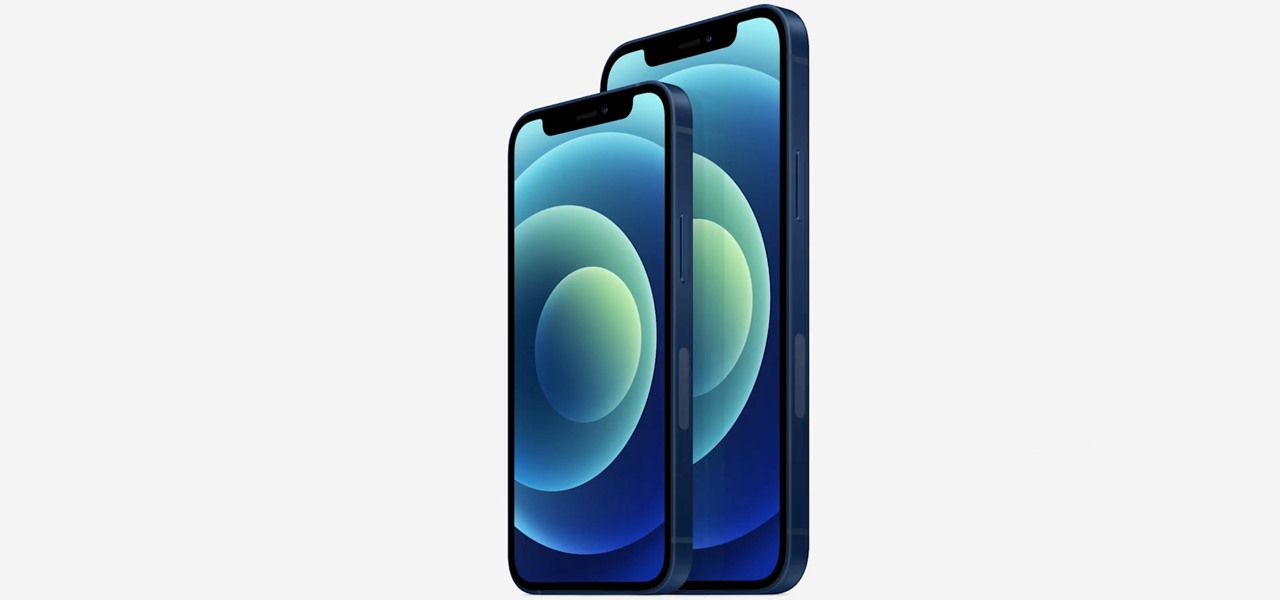


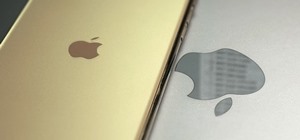










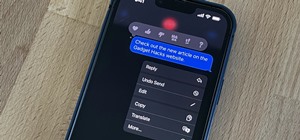
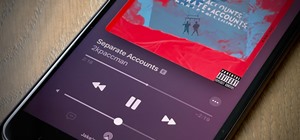
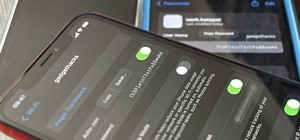
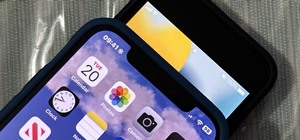
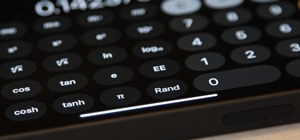
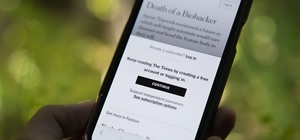
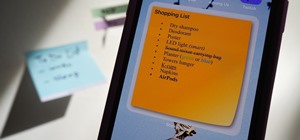

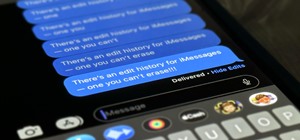
Be the First to Comment
Share Your Thoughts